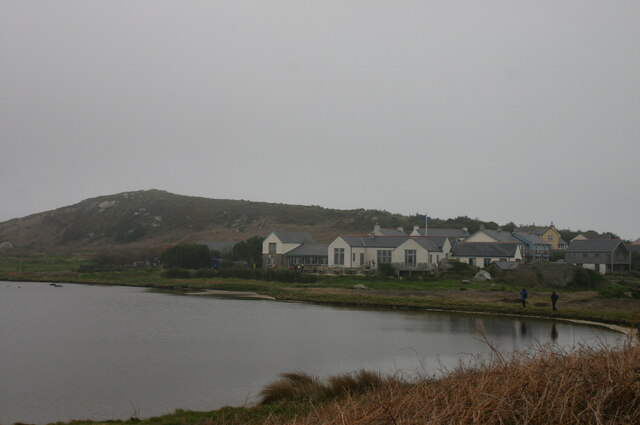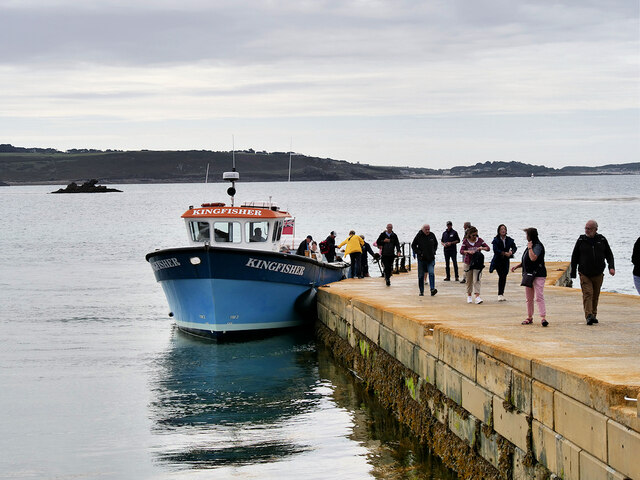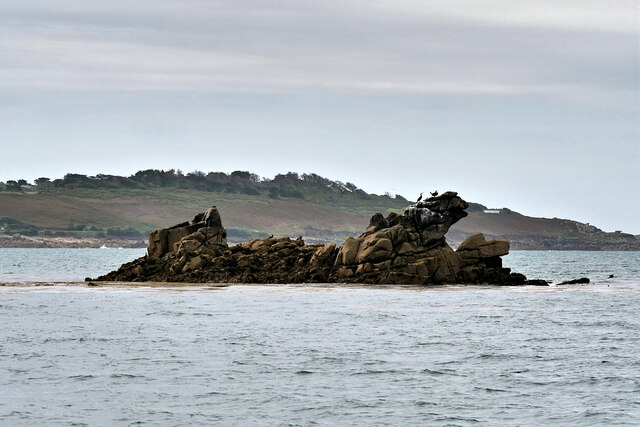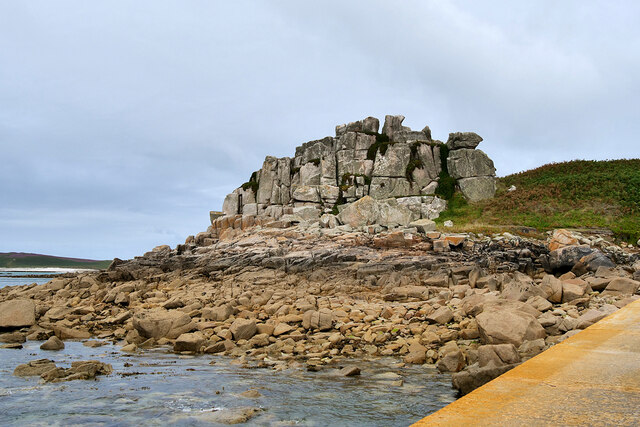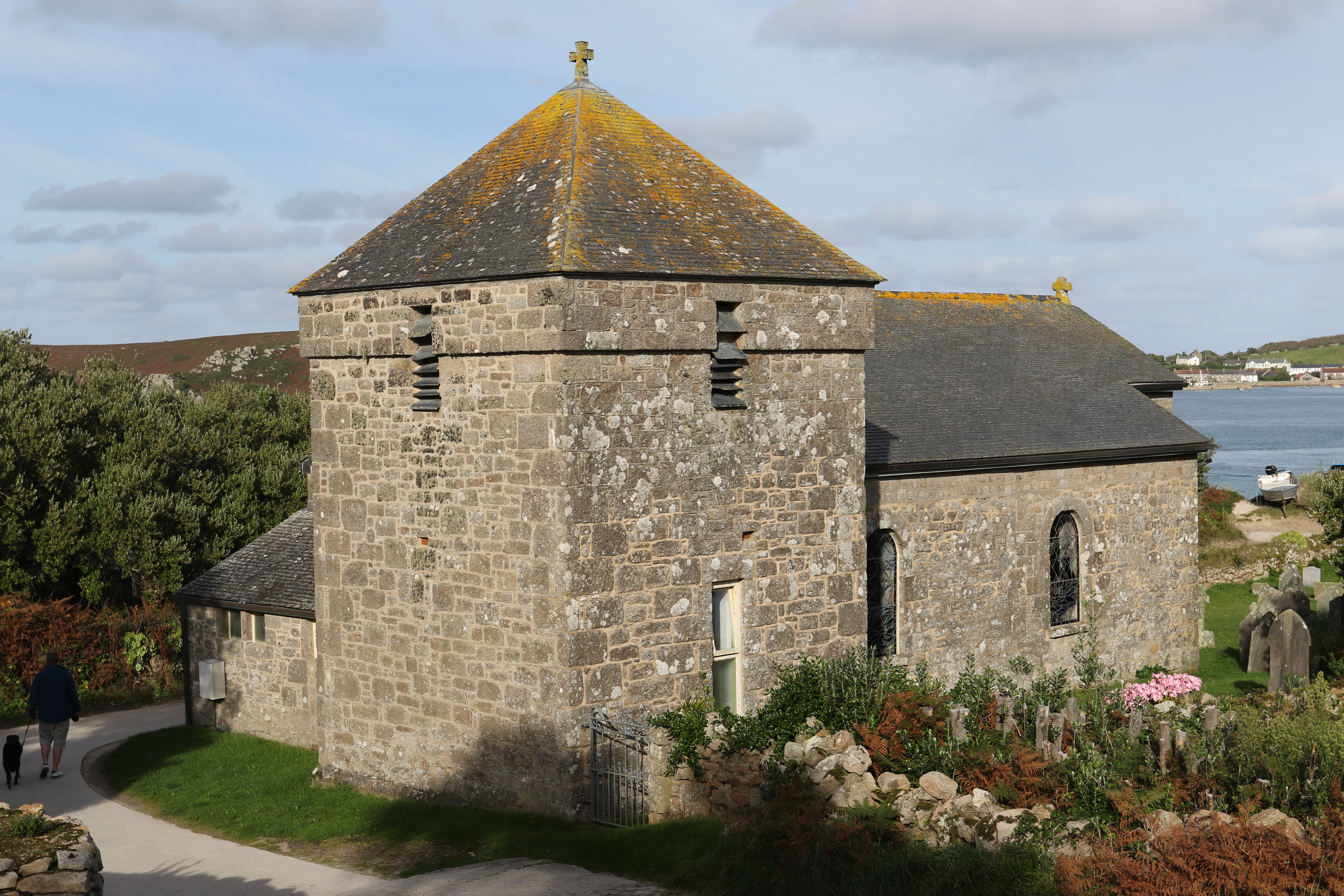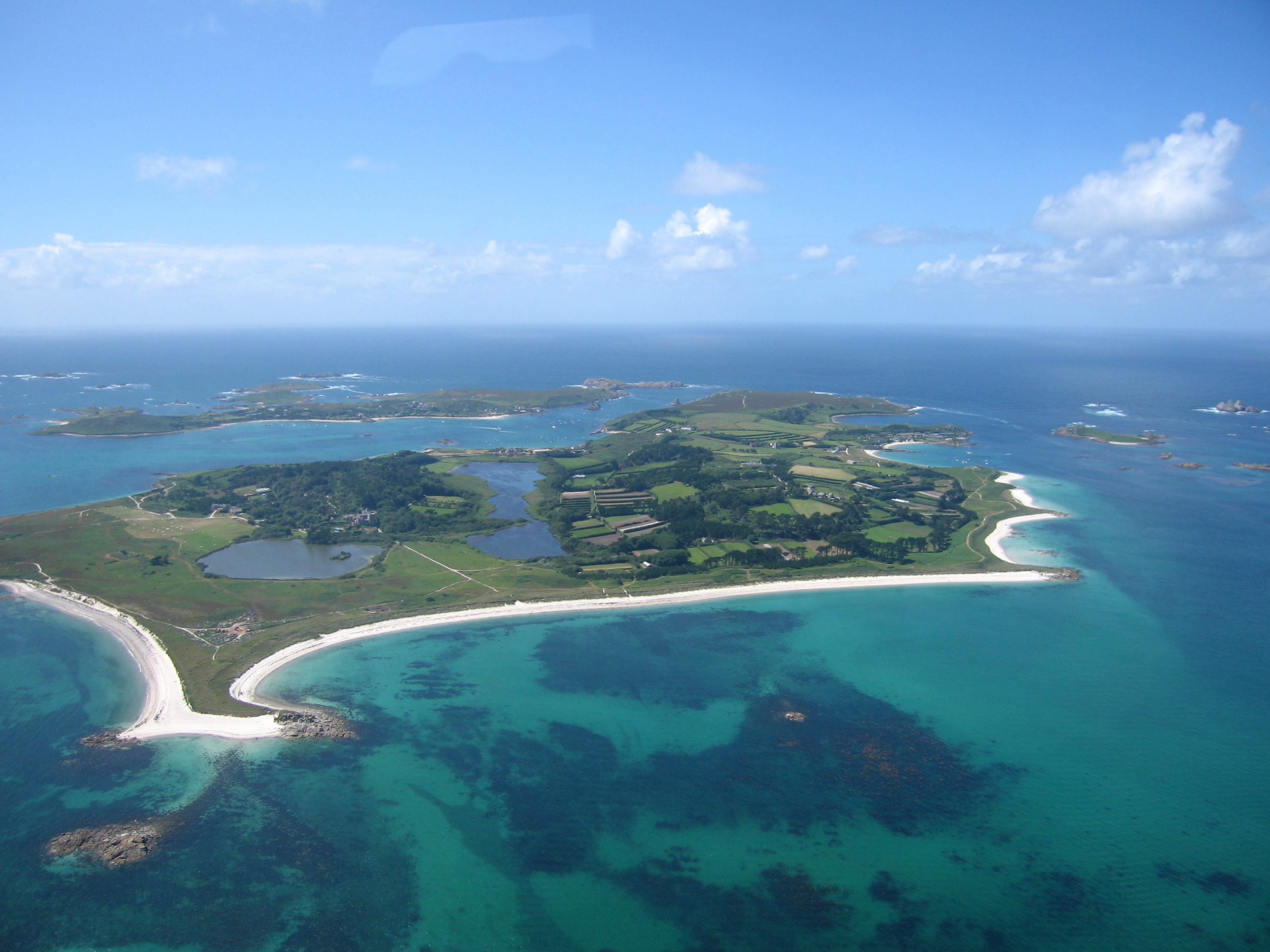Little Rag Ledge
Island in Cornwall
England
Little Rag Ledge

Little Rag Ledge is a small uninhabited island located off the coast of Cornwall, England. Situated in the Celtic Sea, it lies approximately 5 kilometers southwest of Land's End, the southwesternmost point of mainland Britain. The island is part of the Isles of Scilly archipelago and is known for its rugged and picturesque landscape.
Little Rag Ledge covers an area of about 4 hectares and is primarily composed of granite. The island is characterized by its towering cliffs, which reach heights of up to 30 meters, and its rocky shoreline. It is surrounded by a shallow rocky seabed, making it difficult for boats to approach the island safely.
The island is home to a variety of bird species, including guillemots, razorbills, and puffins, which nest on the cliffs during the breeding season. Additionally, seals and dolphins can often be spotted swimming in the waters surrounding Little Rag Ledge.
Due to its remote location and challenging access, Little Rag Ledge is not open to the public. However, it is a popular spot for birdwatchers and wildlife enthusiasts, who can observe the island's diverse ecosystem from boats or nearby viewpoints.
Little Rag Ledge holds historical significance as well. It has been identified as a potential site for shipwrecks due to its treacherous waters. The remains of a 19th-century shipwreck can still be seen on the island's shoreline, serving as a reminder of its maritime past.
Overall, Little Rag Ledge offers a glimpse into the untamed beauty of Cornwall's coastal landscape, attracting nature lovers and adventure seekers alike.
If you have any feedback on the listing, please let us know in the comments section below.
Little Rag Ledge Images
Images are sourced within 2km of 49.940707/-6.3403 or Grid Reference SV8813. Thanks to Geograph Open Source API. All images are credited.













Little Rag Ledge is located at Grid Ref: SV8813 (Lat: 49.940707, Lng: -6.3403)
Division: Isles of Scilly
Unitary Authority: Isles of Scilly
Police Authority: Devon and Cornwall
What 3 Words
///helm.dimension.apron. Near Bryher, Isles of Scilly
Nearby Locations
Related Wikis
Oliver's Battery, Tresco
Oliver's Battery is a ruined artillery battery on the island of Tresco in the Isles of Scilly off of Cornwall, England. It was built by the Parliamentarian...
Tresco Heliport
Tresco Heliport (ICAO: EGHT) is a heliport located on the island of Tresco, in the Isles of Scilly off the southwest coast of England, UK. The heliport...
Tresco Abbey Gardens
Tresco Abbey Gardens are located on the island of Tresco in the Isles of Scilly, United Kingdom. The 17 acre gardens were established by the nineteenth...
Tresco Priory
Tresco Priory is a former monastic settlement on Tresco, Isles of Scilly founded in 946 AD. It was re-founded as the Priory of St Nicholas by monks from...
Samson, Isles of Scilly
Samson (Cornish: (Enys) Sampson) is the largest uninhabited island of the Isles of Scilly, off the southwestern tip of the Cornish peninsula of Great Britain...
RNAS Tresco
RNAS Tresco was a Royal Naval Air Service base on Tresco, the second largest island in the Isles of Scilly. From February 1917 to May 1919 aircraft patrolled...
All Saints' Church, Bryher
All Saints' Church is a Grade II listed parish church in the Church of England located in Bryher, Isles of Scilly. == History == Bryher is the most westerly...
Tresco, Isles of Scilly
Tresco (Cornish: Enys Skaw, lit. 'island of elder-trees') is the second-biggest island of the Isles of Scilly. It is 297 ha (1.15 sq mi) in area, measuring...
Nearby Amenities
Located within 500m of 49.940707,-6.3403Have you been to Little Rag Ledge?
Leave your review of Little Rag Ledge below (or comments, questions and feedback).
